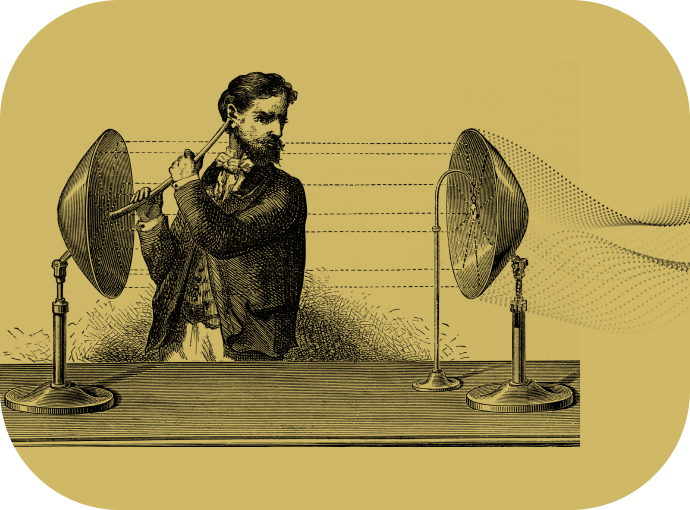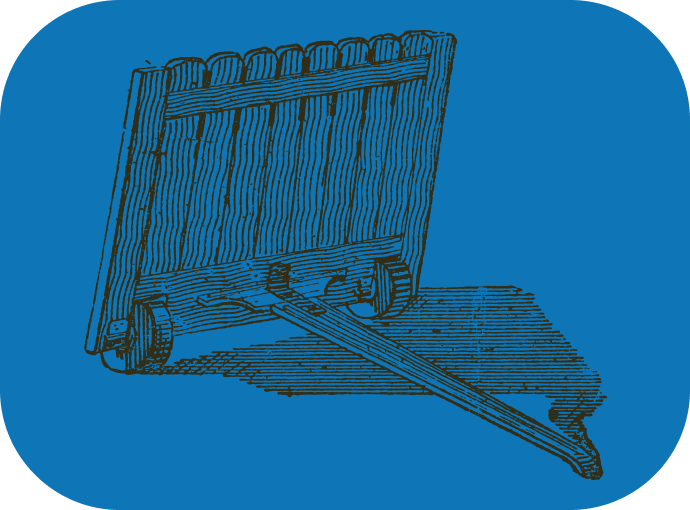2 mins read
Last updated on Tuesday 6th June 2023
The Third Heresy: Waves that make matter Abstract
A ball-wave is a reciprocating, ball-shaped wave, expanding out and falling back in, like a 3-D spring.
At high energies, we observe that F-waves break into pairs of ball-waves, like a thin stream of water from a tap that turns into individual drips. Two different types of ball-waves develop: the electron around the high Field value and the positron around the low Field value of the F-wave.
The internal wave of the ball-wave moves equally in all directions at the speed of the Field, so the overall ball-wave has no speed. Divergent surface Field values prevent other ball-waves occupying the same space – they act as particles. To move a ball-wave requires that its internal wave is shortened in the direction of movement, absorbing energy, to keep to the speed of the Field: inertia. These characteristics of ball-waves, stillness, solidity and inertia, we call ‘mass’.
Ball-waves sort the turbulent areas of the Field around them by attracting bubblets of the opposite values. This clustering attracts or repels other ball-waves, depending on type. When the ball-wave is stationary, the effect is known as electrostatic, when it moves it leaves a wake of bubblets that we call magnetic force.
Shortly after the start of the universe, the expanding F-waves collapsed into countless billions of ball-waves, like a bubble bursting into droplets. These were heavy forms of the electron and positron. The ‘heavy electron’ decays into ordinary electrons but the smaller ‘heavy positrons’ remained trapped by the strong force effect and stayed as protons. These are attracted to, but cannot react with, the much larger electrons. The relatively small, hard proton ball-waves end up sitting inside the softer, larger electron ball-waves, making atoms. The original F-waves also gave outwards momentum to the F-waves, so our universe is still expanding, along with a tiny remnant of the original F-waves we see today as the cosmic background radiation.




Comments are welcome on the website
Although you will have to sign up as a Friend of the Heretics to post them and the group reserves the right to delete stuff arbitrarily. Direct contact is via the site to the Arch-Heretic, Jamie Cawley, on jamie.cawley3@gmail.com.